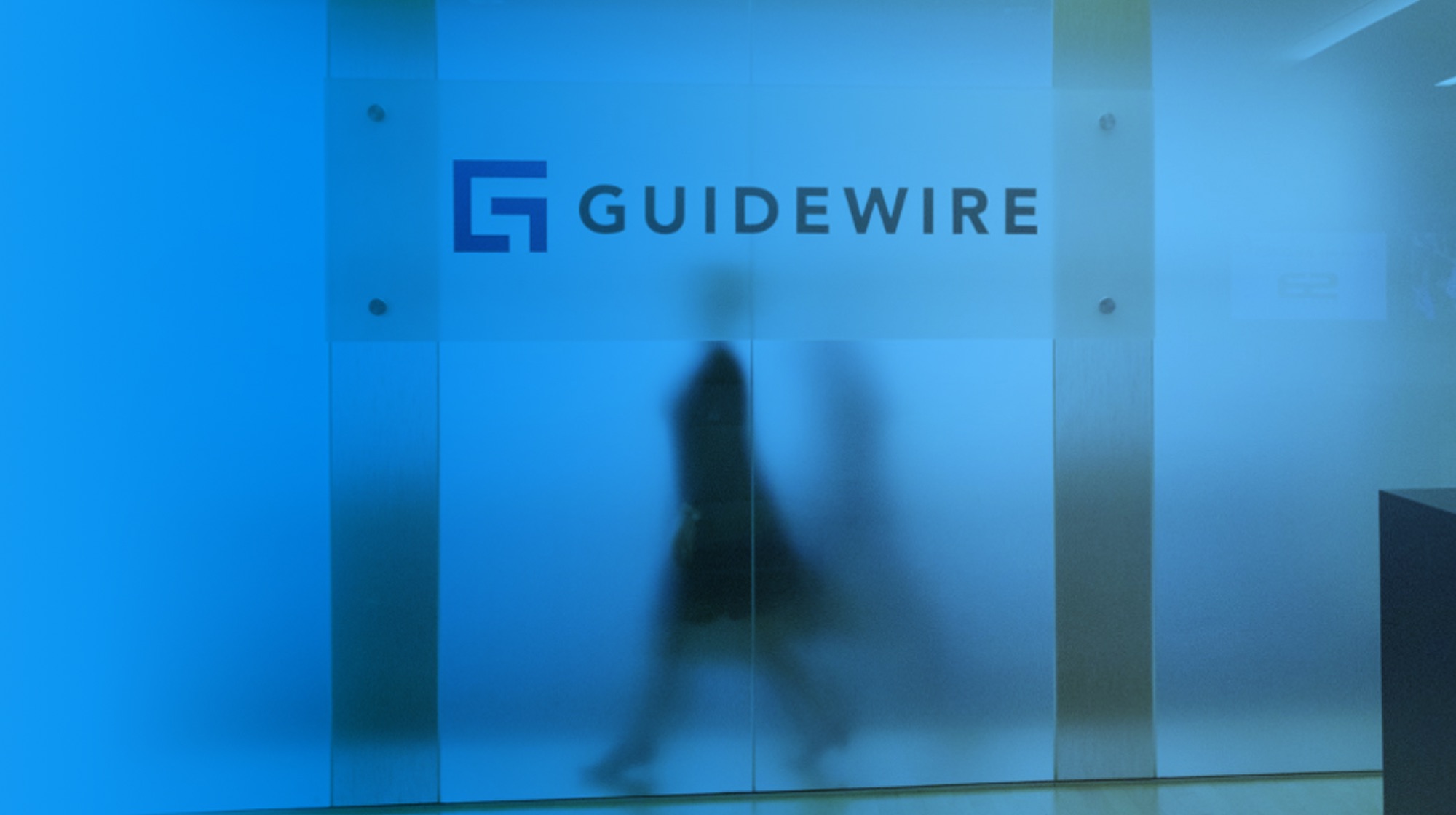Citizen data scientists need to understand and work with data to make informed decisions about the strategic direction of their organisations. These employees want to leverage data to do their jobs more effectively but lack the data literacy to make this a reality.
The innovation lab of a leading financial services company wanted this cohort of employees to explore their business data with an intuitive software tool that reduced the overhead of traditional data analysis. The company wanted to discover if this drove more effective product innovation.
They asked us to create an experience vision for a pilot version of the software, using the concept of a customer’s “financial well-being” as the cornerstone of the design process. The pilot became codenamed CitiFin.



